Orthopedic & Musculoskeletal Health Care Treatments in Pimpri Chinchwad
From joint pain to spine health, our orthopedic care ensures you stay active and pain-free in Pimpri Chinchwad.
Arthritis (All Types)
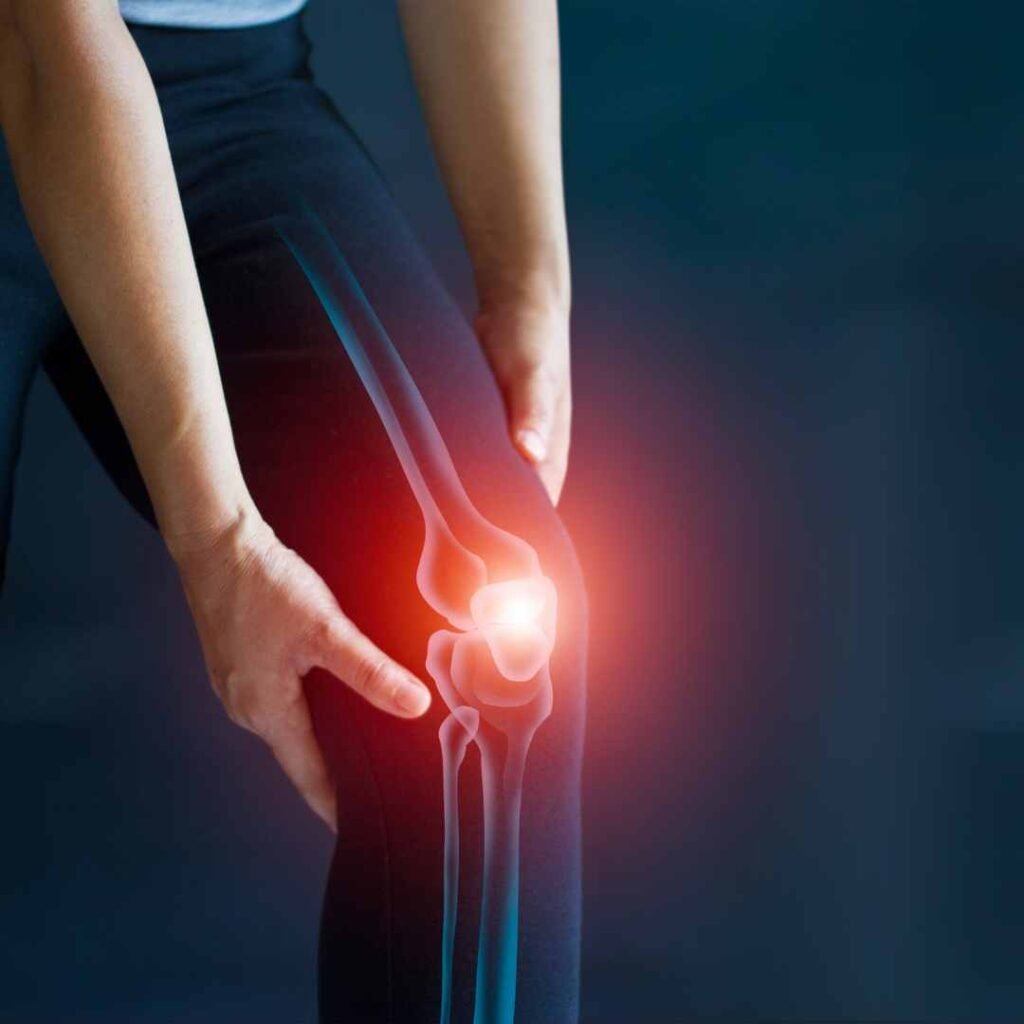
What is Arthritis?
Arthritis is a broad term that refers to inflammation of the joints, causing pain, stiffness, and reduced mobility. There are many types of arthritis, including osteoarthritis, rheumatoid arthritis, and psoriatic arthritis, each with unique causes and symptoms. While osteoarthritis occurs due to the wear and tear of joints over time, rheumatoid arthritis is an autoimmune disorder where the immune system attacks the joints. Arthritis can severely affect daily activities and quality of life, as it leads to chronic joint pain and immobility.
Ayurveda Approach to Arthritis
Ayurveda offers a holistic approach to managing arthritis by focusing on reducing inflammation, improving joint mobility, and balancing the body’s internal energies (doshas). This treatment addresses the root cause of arthritis by detoxifying the body, improving digestion, and enhancing metabolism to prevent the accumulation of toxins in the joints. Ayurveda aims for long-term relief by rejuvenating the body and restoring balance, helping to strengthen the muscles and joints over time. It promotes overall well-being through natural therapies, lifestyle changes, and tailored treatment that prevents further joint deterioration and pain.
Symptoms of Arthritis
- Persistent joint pain and stiffness.
- Swelling around the affected joints.
- Reduced range of motion in the joints.
- Redness and warmth around the joints.
- Fatigue, especially in cases of autoimmune-related arthritis.
Benefits of Ayurveda for Arthritis
- Reduces inflammation naturally, providing pain relief.
- Improves joint mobility and flexibility over time.
- Balances the body’s doshas, which helps in long-term management.
- Prevents further deterioration of cartilage and joints.
- Enhances overall vitality, making daily activities easier.
Ligament Tears
What is a Ligament Tear?
A ligament tear occurs when the connective tissues that hold bones together at a joint are stretched or torn. Ligament tears can result from sudden injuries, accidents, or overuse of certain joints. Commonly affected areas include the knee, ankle, wrist, and shoulder. Ligament tears can lead to severe pain, instability in the joint, and limited mobility, requiring comprehensive treatment and rehabilitation for full recovery.
Ayurveda Approach to Ligament Tears
Ayurveda offers a holistic approach to healing ligament tears by promoting natural recovery of the tissues, reducing inflammation, and improving joint strength. By balancing the body’s doshas, Ayurvedic treatments focus on long-term recovery, preventing future injuries, and ensuring optimal joint mobility. Ayurveda emphasizes healing from the inside out, using natural therapies and lifestyle adjustments to support tissue regeneration and restore joint stability over time.
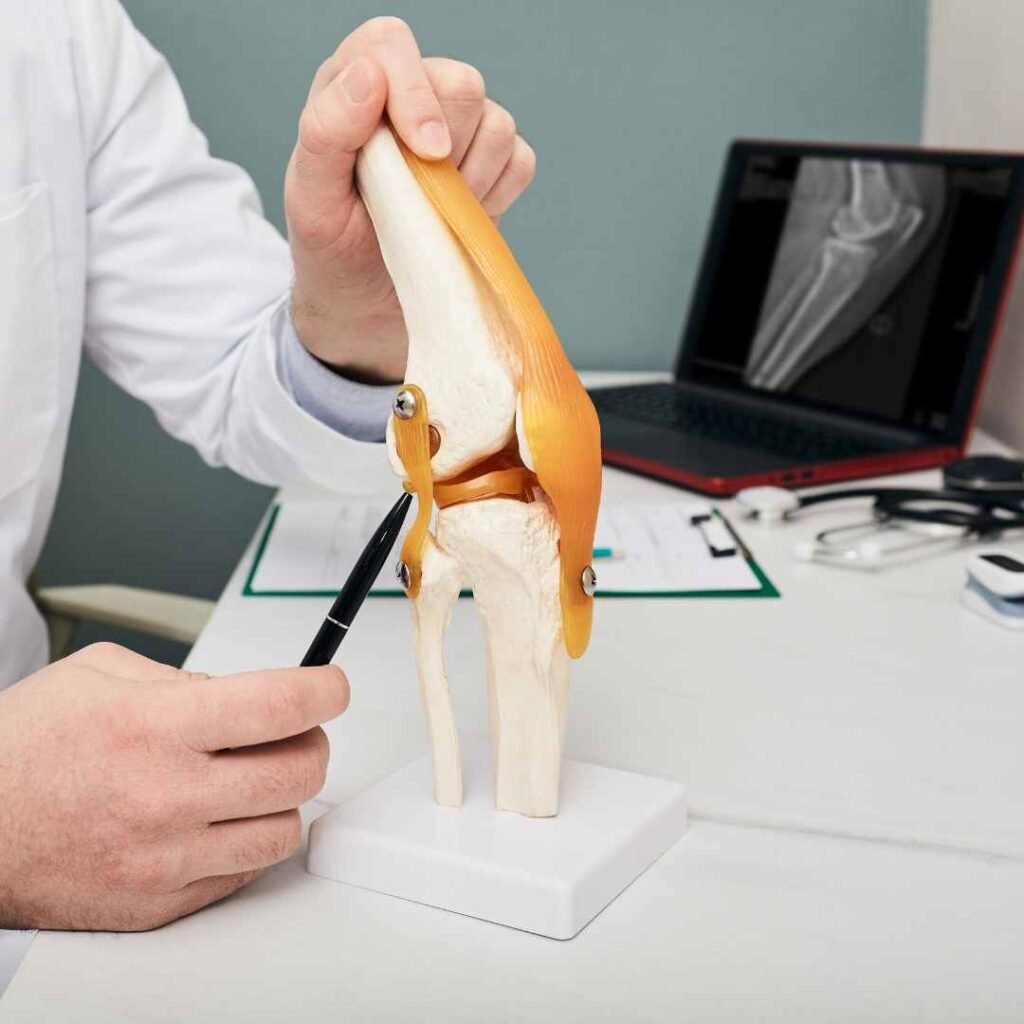
Symptoms of Ligament Tears
- Sudden pain and swelling at the injury site.
- Joint instability or weakness.
- Difficulty moving the affected joint.
- Bruising around the joint.
- Popping or snapping sensation at the time of injury.
Benefits of Ayurveda for Ligament Tears
- Supports natural healing and tissue regeneration.
- Reduces swelling and pain through holistic methods.
- Restores joint stability and strength.
- Prevents future ligament injuries with long-term care.
- Enhances overall mobility and flexibility.
Herniation of Discs
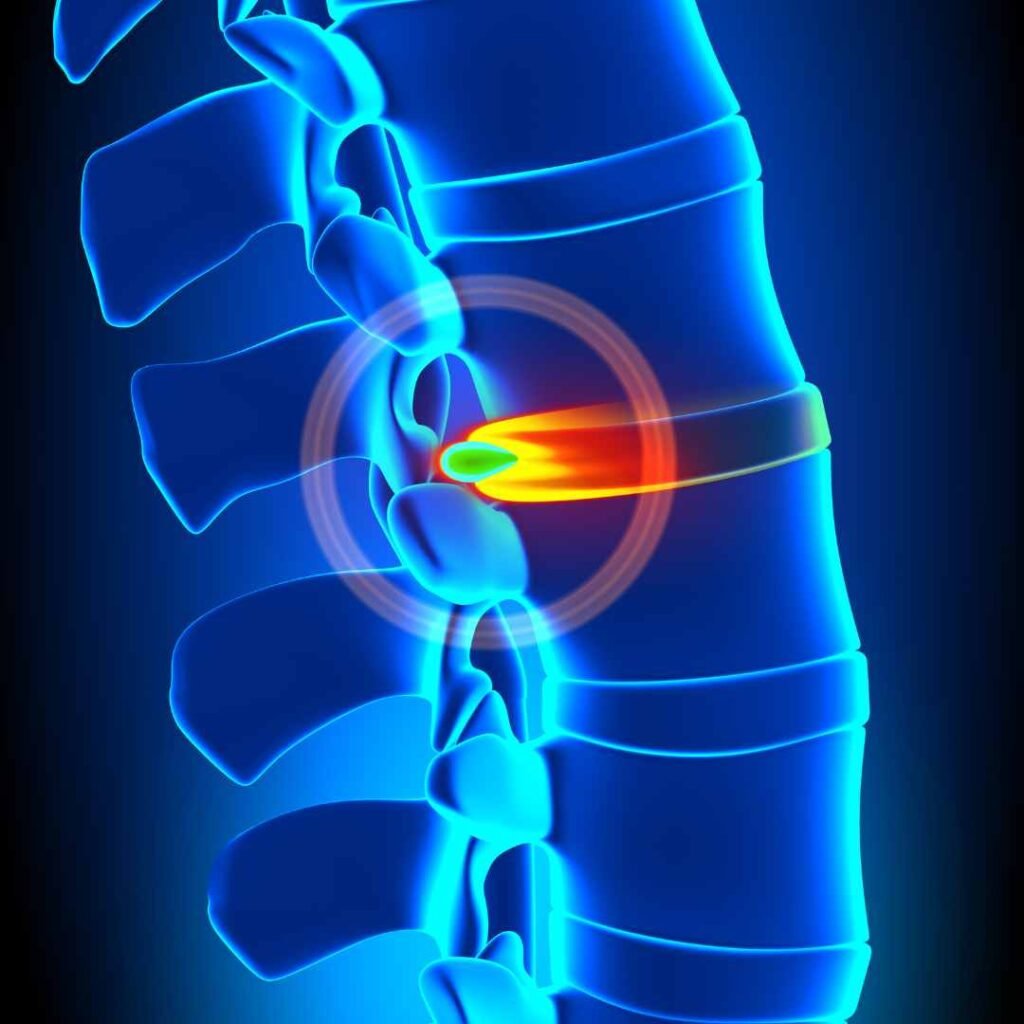
What is a Herniated Disc?
A herniated disc occurs when the soft, gel-like center of a spinal disc pushes through its outer layer, causing pain and discomfort. It commonly affects the lower back or neck, and the herniation may press on nearby nerves, resulting in numbness, weakness, or pain in the limbs. Herniated discs are often caused by heavy lifting, aging, or sudden trauma to the spine.
Ayurveda Approach to Herniated Discs
Ayurveda treats herniated discs by addressing both the root cause and the symptoms, focusing on relieving pain, reducing inflammation, and strengthening the spine and surrounding muscles. Ayurvedic treatments aim to restore spinal health over time by correcting imbalances in the body’s doshas and supporting the natural healing of the affected discs. This holistic approach provides long-term benefits, preventing further spinal issues and enhancing overall body function and mobility.
Symptoms of Herniated Discs
- Intense pain in the lower back or neck.
- Numbness or tingling in the arms or legs.
- Weakness in the muscles affected by the compressed nerve.
- Pain that worsens with movement or sitting.
- Difficulty with posture and flexibility.
Benefits of Ayurveda for Herniated Discs
- Provides natural relief from pain and inflammation.
- Supports spinal health and prevents further damage.
- Promotes long-term healing of the disc and surrounding tissues.
- Strengthens muscles and improves mobility.
- Helps maintain a healthy spine and reduces the risk of recurrence.
Spondylosis
What is Spondylosis?
Spondylosis is a degenerative condition that affects the spine, leading to stiffness, pain, and decreased mobility due to wear and tear on the spinal discs and joints. Commonly associated with aging, spondylosis can occur in the neck (cervical spondylosis) or lower back (lumbar spondylosis), and it may result in nerve compression, causing pain to radiate to other parts of the body.
Ayurveda Approach to Spondylosis
Ayurveda treats spondylosis by focusing on restoring balance to the body’s doshas, especially Vata, which is responsible for joint and bone health. The treatment reduces inflammation, strengthens the spine, and enhances joint flexibility, preventing further degeneration. Ayurveda emphasizes long-term relief by addressing the root causes of spondylosis, improving spinal alignment, and enhancing the body’s natural healing capacity. By integrating lifestyle and dietary changes, Ayurvedic treatments provide sustainable results.
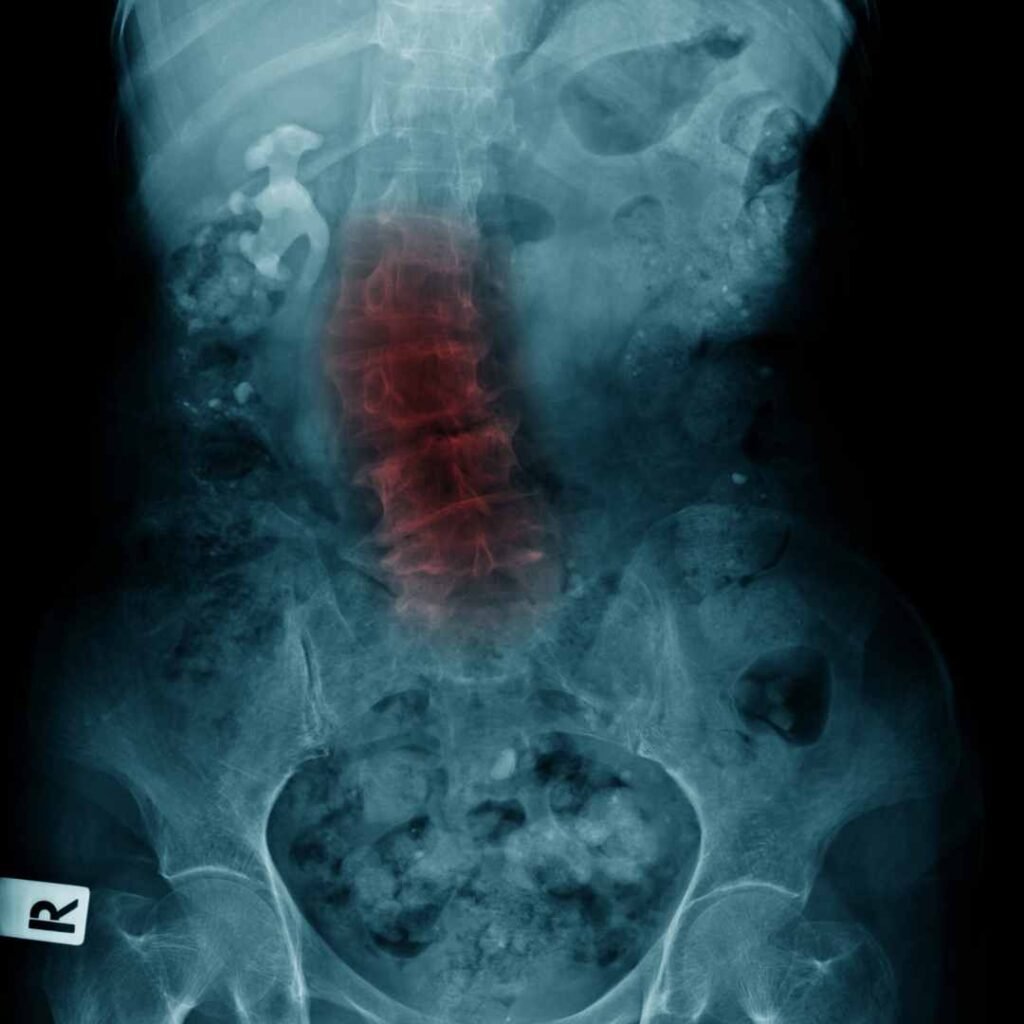
Symptoms of Spondylosis
- Chronic neck or lower back pain.
- Stiffness in the spine, especially after rest.
- Pain radiating to the arms or legs due to nerve compression.
- Loss of mobility or flexibility in the spine.
- Tingling or numbness in the limbs.
Benefits of Ayurveda for Spondylosis
- Reduces pain and inflammation naturally.
- Strengthens the spine and joints, preventing further wear and tear.
- Improves flexibility and mobility.
- Addresses the root cause, providing long-term relief.
- Enhances overall spinal health and alignment.
Spondylolisthesis
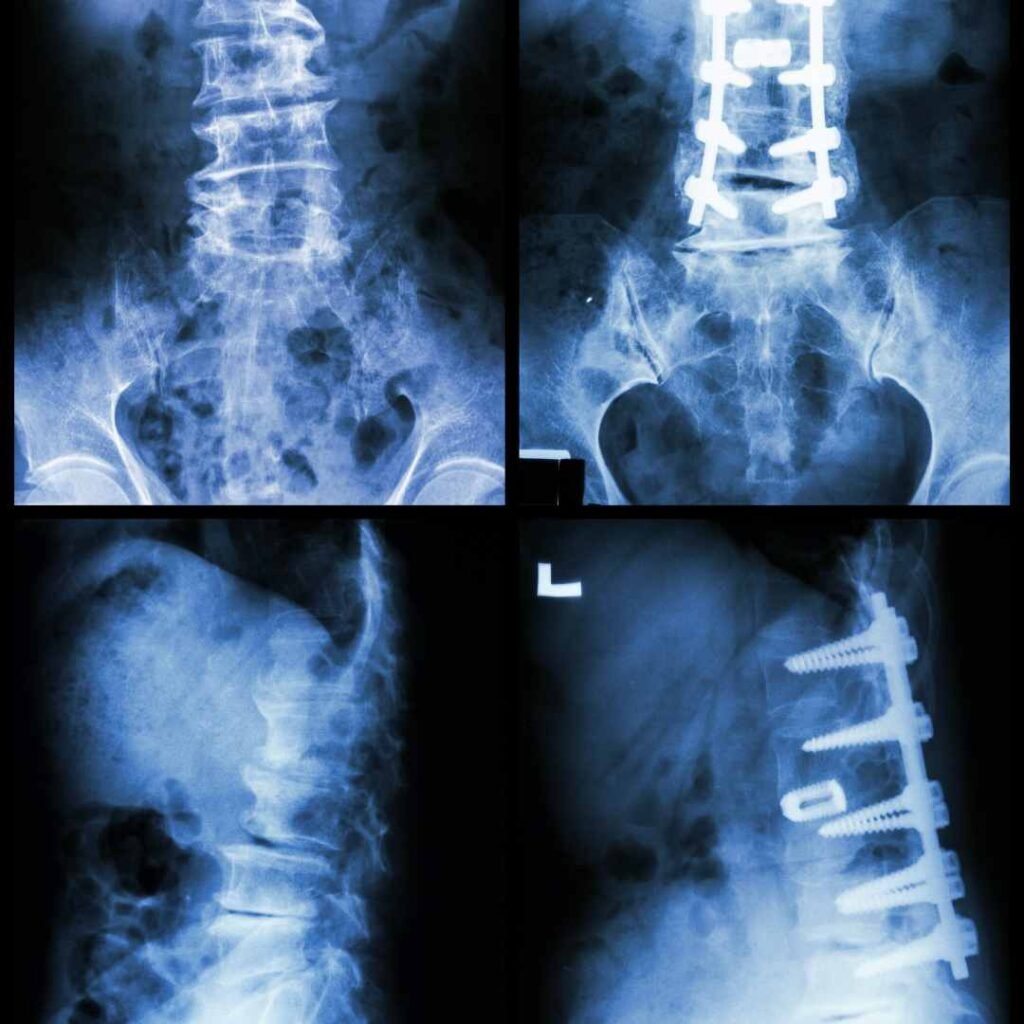
What is Spondylolisthesis?
Spondylolisthesis occurs when one of the vertebrae in the spine slips out of place, causing pain and discomfort. It is most common in the lower back and can be caused by trauma, aging, or congenital issues. Depending on the severity, it can lead to nerve compression, causing pain to radiate down the legs and affecting mobility.
Ayurveda Approach to Spondylolisthesis
Ayurveda provides a holistic approach to treating spondylolisthesis by strengthening the spine, improving posture, and reducing inflammation. Ayurvedic treatments focus on correcting dosha imbalances, particularly Vata, to promote spinal health and long-term stability. This approach helps alleviate pain and prevents the condition from worsening, offering natural relief and recovery.
Symptoms of Spondylolisthesis
- Lower back pain, especially when standing or walking.
- Stiffness in the back and hamstrings.
- Pain radiating down the legs.
- Difficulty bending or lifting heavy objects.
- Weakness or numbness in the legs.
Benefits of Ayurveda for Spondylolisthesis
- Strengthens the spine, reducing the risk of further slippage.
- Relieves pain and inflammation naturally.
- Enhances mobility and flexibility in the lower back.
- Promotes long-term recovery and spinal health.
- Prevents future complications through holistic care.
Kyphosis
What is Kyphosis?
Kyphosis is a spinal disorder characterized by an excessive outward curvature of the upper back, leading to a hunched or rounded posture. It can occur due to aging, poor posture, or spinal disorders like osteoporosis, leading to a visible hump in the back. Severe kyphosis can cause back pain, difficulty breathing, and reduced mobility, making it crucial to address both the symptoms and the underlying causes.
Ayurveda Approach to Kyphosis
In Ayurveda, kyphosis is addressed through holistic treatments that aim to balance the body’s doshas, particularly Vata, which governs bone and joint health. Ayurvedic therapies focus on improving spinal alignment, reducing inflammation, and strengthening the muscles supporting the spine. This long-term approach not only alleviates symptoms but also helps in correcting the posture and preventing further curvature. By integrating lifestyle changes, specific exercises, and Ayurvedic therapies, patients can experience improved posture and enhanced well-being.
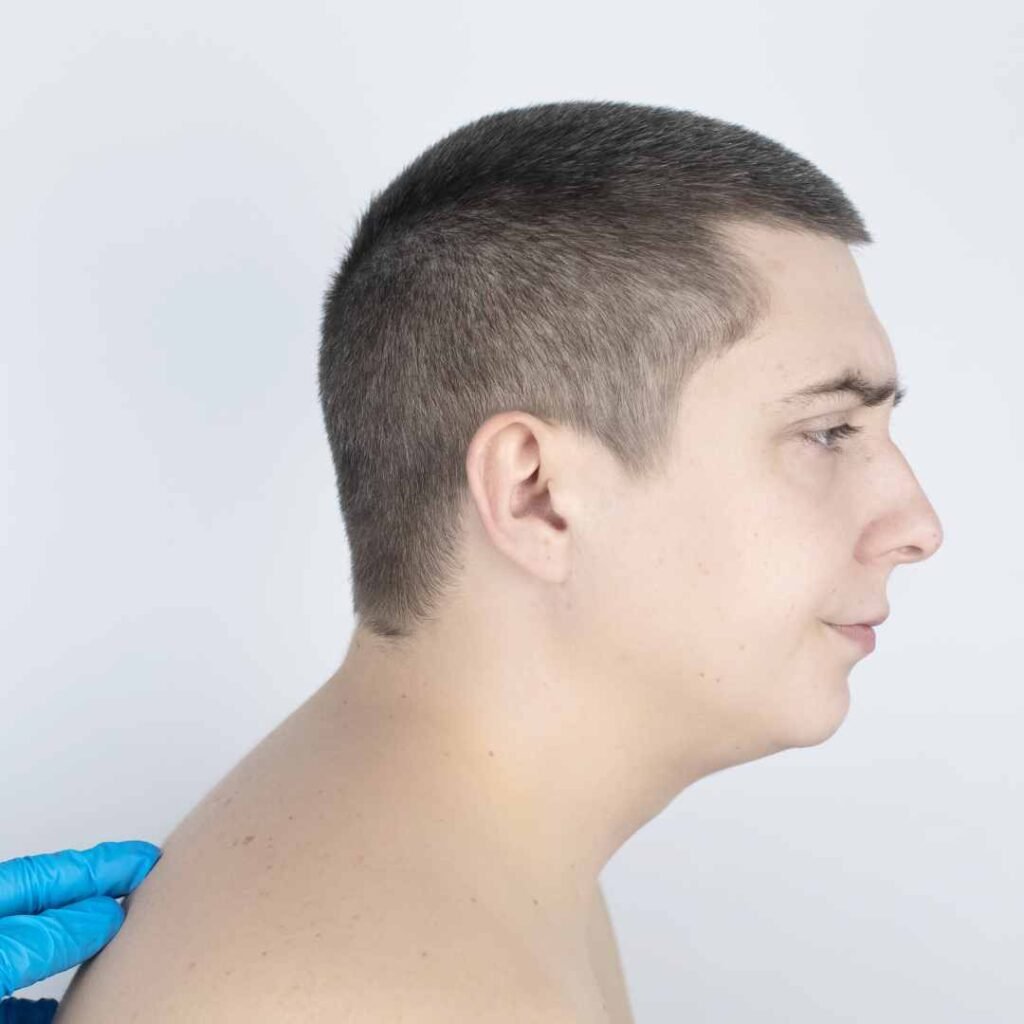
Symptoms of Kyphosis
- Rounded back or visible hump in the upper spine.
- Back pain, especially in the upper and middle regions.
- Stiffness in the back, reducing flexibility.
- Difficulty breathing due to spinal curvature affecting lung capacity.
- Fatigue and muscle weakness around the spine.
Benefits of Ayurveda for Kyphosis
- Improves spinal alignment and posture naturally.
- Reduces back pain and inflammation through holistic therapies.
- Enhances flexibility and strengthens the spine.
- Prevents further worsening of spinal curvature.
- Promotes overall health and well-being through lifestyle adjustments.
Scoliosis

What is Scoliosis?
Scoliosis is a condition where the spine curves abnormally to the side, forming an “S” or “C” shape. It can affect people of all ages, though it is most commonly diagnosed during childhood or adolescence. Scoliosis can cause pain, discomfort, and a noticeable imbalance in the body’s structure, sometimes affecting posture, walking, and breathing in severe cases.
Ayurveda Approach to Scoliosis
Ayurveda addresses scoliosis by focusing on correcting imbalances in the body’s doshas and supporting spinal health. Ayurvedic treatments help improve posture, reduce discomfort, and enhance flexibility by promoting natural healing. This holistic approach provides long-term relief by strengthening the muscles around the spine and restoring balance to the body. With the right combination of therapies and lifestyle changes, Ayurveda helps patients manage scoliosis without invasive procedures.
Symptoms of Scoliosis
- Uneven shoulders or hips.
- Noticeable curve in the spine.
- Back pain and stiffness.
- Difficulty with posture and walking.
- One side of the rib cage protrudes more than the other.
Benefits of Ayurveda for Scoliosis
- Promotes natural correction of spinal curvature.
- Strengthens spinal muscles and enhances flexibility.
- Reduces pain and discomfort holistically.
- Improves overall posture and mobility.
- Prevents further progression of scoliosis through long-term care.
Bamboo Spine (Ankylosing Spondylitis)
What is Bamboo Spine?
Bamboo spine, also known as ankylosing spondylitis, is a type of arthritis that primarily affects the spine. It causes the vertebrae to fuse together, leading to a rigid, immobile spine that resembles bamboo. This condition can cause chronic pain, stiffness, and reduced flexibility, making everyday activities difficult. Over time, it can lead to a permanent loss of spinal mobility and posture deformities.
Ayurveda Approach to Bamboo Spine
Ayurveda offers a comprehensive approach to managing bamboo spine by focusing on reducing inflammation, improving joint flexibility, and preventing further progression of the disease. Ayurvedic therapies help restore balance in the body’s doshas, especially Vata, which plays a key role in joint and bone health. By improving digestion and detoxifying the body, Ayurveda can alleviate pain and inflammation naturally, promoting long-term relief and better quality of life. The holistic approach aims to prevent further fusion of the spine and maintain as much flexibility and mobility as possible.
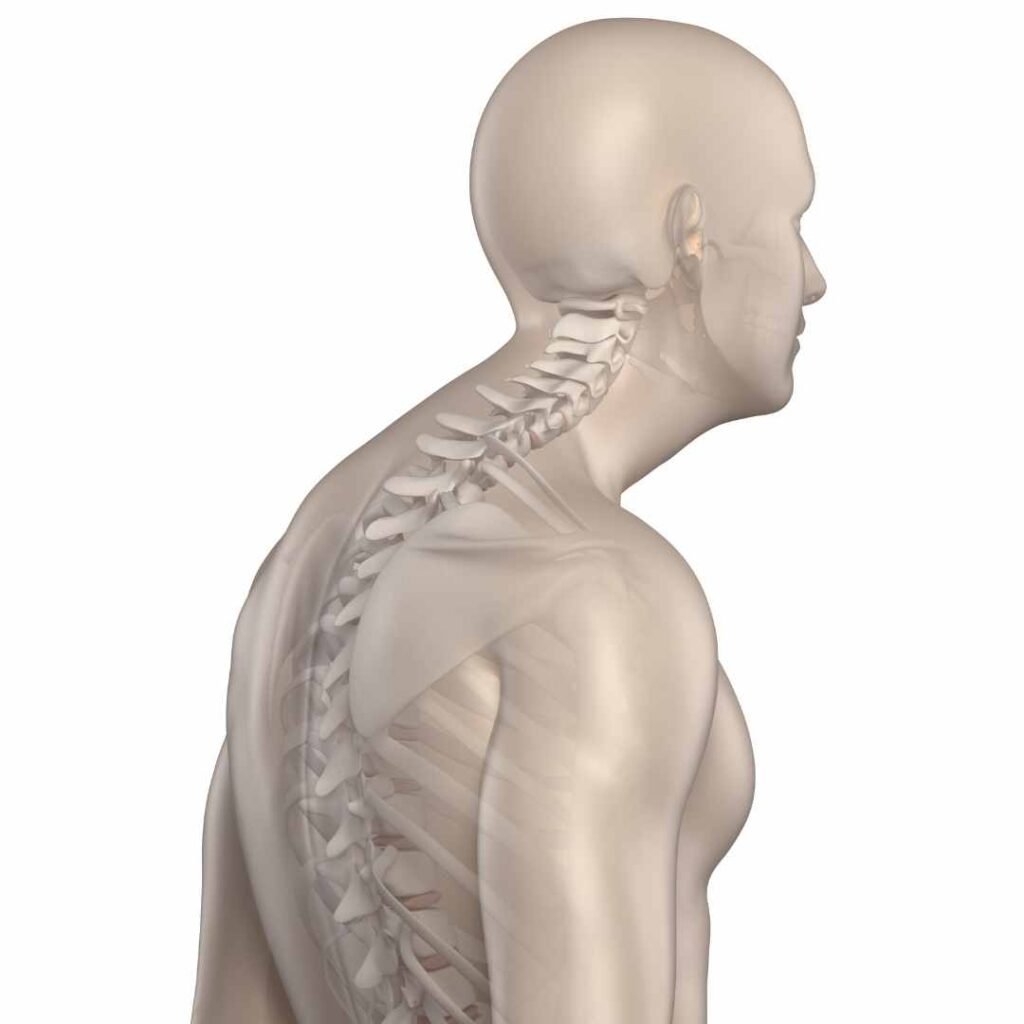
Symptoms of Bamboo Spine
- Chronic back pain and stiffness.
- Reduced flexibility and mobility in the spine.
- Pain that worsens after rest or inactivity.
- Difficulty with posture and standing upright.
- Fatigue and general discomfort.
Benefits of Ayurveda for Bamboo Spine
- Reduces chronic inflammation and pain naturally.
- Improves spinal flexibility and mobility.
- Prevents further fusion of the vertebrae.
- Strengthens the immune system and promotes overall health.
- Provides long-term relief through personalized care and lifestyle adjustments.
Getting Relief from Orthopedic Musculoskeletal Health is just 3 Steps Away!
Get Consultation With Our Expert
Book a consultation at Aaddya Ayurvedic Clinic in Pimpri Chinchwad to discuss your health concerns. Dr. Sonalkar will provide expert advice and personalized Ayurvedic solutions for your well-being. Start your path to healing today!
